Weight loss for performance purposes has always been seen as taboo, particularly in the world of lead climbing and bouldering competitions. Gaining bouldering strength vs weight? This article explores the better option for bouldering and also focuses on raising awareness of eating disorders and performing pressure.
The physics of climbing: Understanding force-to-weight ratio
Simply put, the force-to-weight ratio is how much force your body can generate relative to your body weight.
From a pure physics point of view, the only way to improve this ratio is by doing one of two things: increasing the force by increasing strength, or decreasing your body weight.
In climbing, both approaches can be effective, but the best strategy depends entirely on your current fitness level, body weight, and climbing style.
However, if you are considering decreasing your body weight, you should first talk to a nutritionist so you make sure you do it without risking your health in the long term.
The fundamental gains from strength training in bouldering
- Increased power generation for dynamic movements and powerful bouldering sequences
- Improved tendon strength and health with better resistance to injury and an increased ability to handle small holds
- Enhanced body control which translates to greater precision in technical movements
- Long-term athletic development and sustainable performance
1. Improves grip and finger strength
One of the most limiting factors in bouldering is finger strength. The stronger your fingers are the more you’ll be able to hold onto smaller holds and climb harder.
Unlike weight loss, which does not directly improve grip, strength training improves your ability to (literally) stay on the wall for longer.
2. More power and improved explosiveness
Dynos and deadpoints and common requirements in bouldering.
Training for strength increases your power output, making it easier for you to get good at these moves.
3. Boosts overall endurance and body tension
A strong core and good body tension are what make you feel like you are flowing on the climbing wall.
Strength training improves your ability to keep your body tight, making moves feel easier and more controlled.
Watch more of how to Improve your core strength by training.

4. Reduces injury risk
Strength training makes your muscles and tendons stronger and more resilient to wear and tear. Especially in your fingers and shoulders.
Unlike losing weight, which will only make your tendons get weaker.
Do you want to avoid pulley tears and shoulder impingements? Eat well and do reinforcement exercises.
Watch more here:

The downside of focusing only on strength for climbing
Strength gains take time and consistency. But focusing too much on strength instead of technique early in your climbing instead won’t make you a better climber.
However, realistically speaking, training to gain strength will not impact your health either.
A study published in the International Journal of Sports Science (2022) found that climbers with higher relative grip strength consistently performed better on routes near their maximum grade, regardless of body weight within reasonable limits.
The weight loss perspective: immediate benefits for performance
- Reduced load on fingers and tendons
- Lower energy demands for harder moves
- Improved power-to-weight ratio without strength gains
- Better endurance and faster recovery due to reduced cardiovascular demands
The Journal of Sports Medicine (2023) demonstrated that elite climbers typically maintain body fat percentages between 6-13% for males and 12-20% for females, suggesting an optimal range for high-level performance.
Long-term risks and consequences of losing weight to improve performance
- If not managed properly excessive weight loss can lead to loss of muscle mass and strength
- Loss of bone density which can later lead to serious health issues
- Rapid and frequent weight loss can weaken tendons, increasing the risk of injury
- Negative impact on hormonal balance and decreased energy levels (RED-S) with a negative impact on performance
- Risk of developing unhealthy relationships with food such as anorexia, bulimia, excessive control, or calorie counting
Watch more about eating disorders in climbing here

Losing weight for the sake and performance in competition climbing
The body prioritises movement over everything else. Because of that, some pro climbers try eating less – like a “normal” person so they can support their training while they lose weight.
But a climber who is in training isn’t normal.
Eating too little on training days might give a short-term performance boost, but the long-term risks, like RED-S, are severe.
It’s not worth going down this road.
Simply put, if you train for climbing, you need enough calories to fuel both your training and your body so you can sustain a healthy life.
About RED-S, and what the downsides are
RED-S is an impaired physiological function due to high training load, and mainly not eating enough.
Various signs and symptoms are:
- Frequent illnesses and injuries
- Irregular or absent menstruation
- Persistent fatigue
- Reduced performance in training
Other indicators include:
- Difficulty concentrating
- Stress fractures
- Sensitivity to cold
- Mood swings
- Weight loss
- Delayed puberty, or no menstruation at all (early menopause)
- Decrease in morning erections for men
On a Lattice training episode, coach and climber Maddy Cope along with Lattice coach, nutritionist, and climber Mina Leslie-Wujastyk discuss RED-S and how you can experience it without even knowing.
Give it a look!

Warning signs that indicate overtraining or an unhealthy nutritional approach
- Persistent fatigue and decreased performance
- Recurring injuries and poor recovery
- Obsessive thoughts about weight or training
- Decreased motivation, sleep disturbances, and mood swings
“My eating disorder began after a nasty comment on my appearance. It opened the door to obsessions, to counting calories, weighing myself every day, always with fear. For a long time, I thought that it was just me who had a problem. I was ashamed, I didn’t talk about it for years.”
Why do climbers still choose to lose weight over strength training?
The pressure to be thin is deeply ingrained in climbing culture. The documentary “LIGHT“, by Caroline Treadway highlights the struggles of top climbers like Angie Payne, Emily Harrington, Andrea Szekely, and Kai Lightner, who have faced eating disorders and body image issues due to competition performance pressures.
But this is not a problem only pro athletes face – it’s a worldwide concern even amongst climbers who just want to get better at climbing.
After watching the climbing documentary Light, Coralie, a 22-year-old climber found the courage to talk about her eating disorders:
Caroline Ciavaldini regarding her eating disorder:
“Somehow it was under control. Or I like to tell myself. I had done a lot of research about all the diseases that bulimia creates, and I knew that I had to keep my episodes rare if I wanted to avoid throat cancer or other horrors. I wasn’t thin to the point of danger, as with 1m68, my “best shape” weight was 52 kg. But to achieve that, I had a very unbalanced diet, and with years of experience, I think this is just the reason why I was getting injured nearly every year: I had a weakness with finger tendons and every year a tendonitis, or even a pulley would stop me from training for 1 or two months. I did achieve what I was dreaming of: I was one of the “stars”. I made 12 World Cup podiums, I won 1 World Cup in Chamonix. I finished 3rd twice in the overall World Cup ranking.” (from AlpineMag)
The reality is that society values fast results, and losing weight can provide a boost to performance than strength training.
However, the long-term consequences often outweigh the short-term benefits.
For that reason, and after facing heavy criticism, the IFSC (International Federation of Sport Climbing) decided to take a stand regarding eating disorders by testing athletes.
Watch about Beth Rodden on disordered eating in climbing:

Pro tips for training to make your bouldering experience better
At Boulderflash, we believe balance is key to being successful in the long term. Regardless of whether you are focusing on strength, weight management, or both, incorporating the following strategies can help you maximize performance:
How to gain strength
- Hangboard training to improve finger strength and endurance
- Simple pull-ups and pull-ups with weights to build upper body and grip strength
- Core workouts such as planks, leg raises, and dead hangs to improve body tension
- Campus board training to increase power and explosive movement ability
Watch 10 Science-Based Ways to Get Stronger in Half the Time:

How to manage excess body fat in climbing and bouldering
- Try resistance training for climbing. Or bouldering. Tissue microtrauma requires a lot of energy to recover and this means that your body will use energy (therefore fat) as fuel to repair and recover – for up to 72 hours after training.
- A gradual weight loss approach while maintaining muscle mass can improve your climbing performance and your health.
- Focus on a healthy diet rich in protein, complex carbohydrates, and healthy fats.
- Incorporate low-impact cardio to burn fat without excessive strain on joints.
Healthy choices for weight control that improve bouldering performance
- Balanced nutrition: Focus on whole foods, avoiding crash diets that reduce energy levels
- Cardio & active recovery: Light running, cycling, or yoga to maintain cardiovascular health without excessive fatigue
- Hydration & sleep: Proper recovery ensures weight loss doesn’t lead to weakness
Do you want to know what is the best diet for climbing? Check our Boulderflash guide we wrote on Climbing Nutrition.
If you are an intermediate climber and want to improve your bouldering level
- You have more strength than you think! Learn to make better use of it by working on your technique.
- Identify your climbing weaknesses and work on them (e.g., if you struggle with overhangs, work on core and pulling strength; if slab climbing feels difficult, focus on footwork and balance). A good climber can approach various styles in full confidence!
- Avoid doing too much, too fast as it will produce an imbalance.
Read more about How to climb more confidently here
Watch How to Start Strength Training for Climbing with Hooper’s Beta

Become better at bouldering without gaining strength or losing weight
Psychology of climbing: training for a stronger mind
Climbers like Hazel Findlay, Arno Ilgner, and various mental coaching experts in the climbing community promote the idea that sports performance isn’t solely influenced by physical strength or how lean you are.
Recent studies published by The National Library of Medicine show that climbing performance is influenced by a few abilities that the climber has or doesn’t have: self-confidence, decision-making ability, risk-taking, and anxiety management.
Programs such as StrongMindClimbing teach climbers to get the most out of climbing by learning how to manage fear and build an optimal mindset for performance.
Conclusion: Health is the new strength in bouldering
It’s a fact that sustainable progress in climbing comes from long-term health, not short-term performance hacks such as food supplements instead of real food.
However, with all the pressure that comes with sports performance and old habits, the problem of strength gain vs weight loss in bouldering remains delicate.
How do you know which is the best approach? It should feel like one you can maintain consistently, because that’s what will truly make you better at bouldering.
Products related to this article
Lattice Training
Lattice Training
Lattice Training

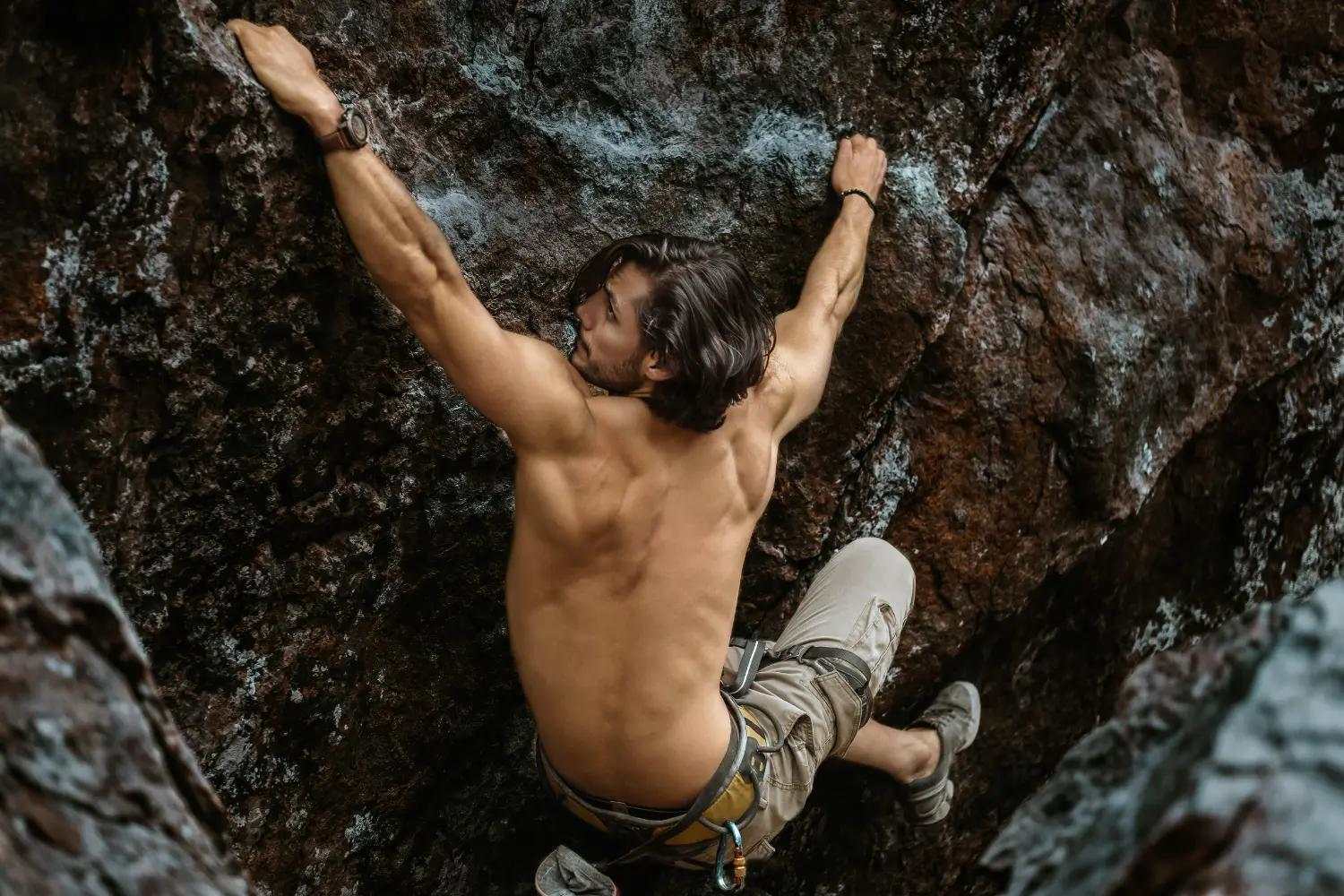









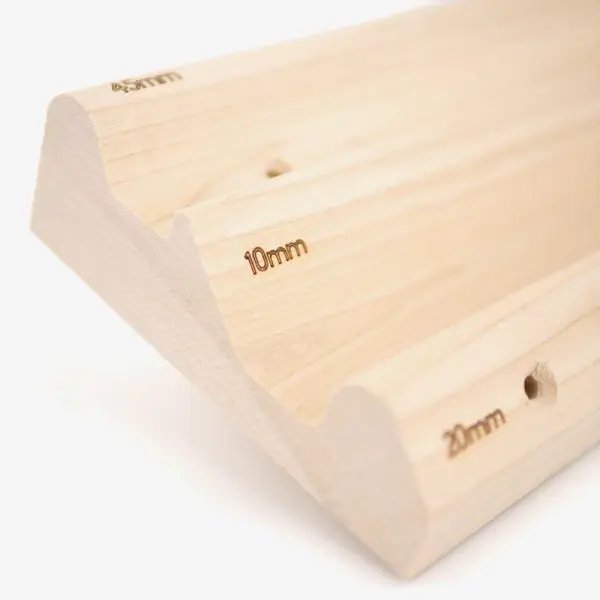
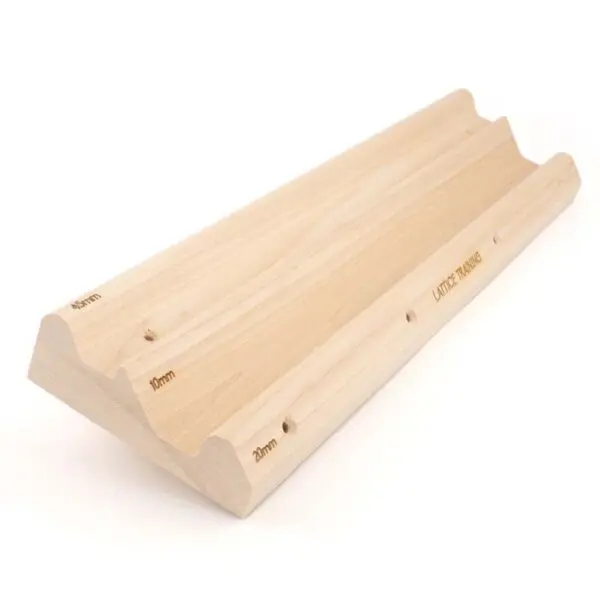
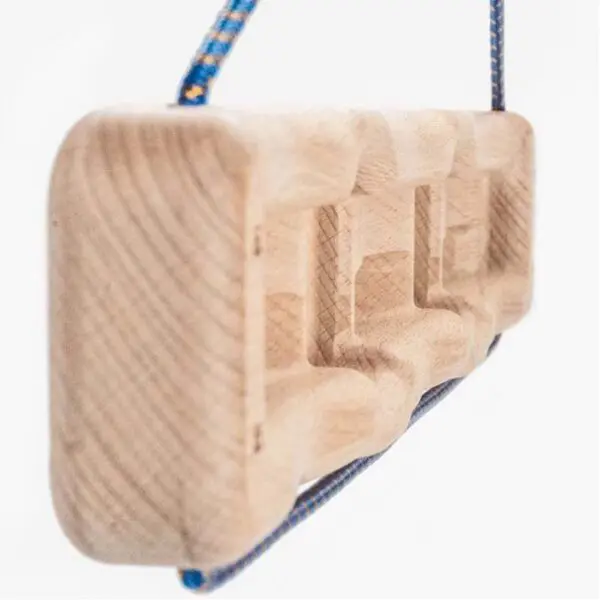
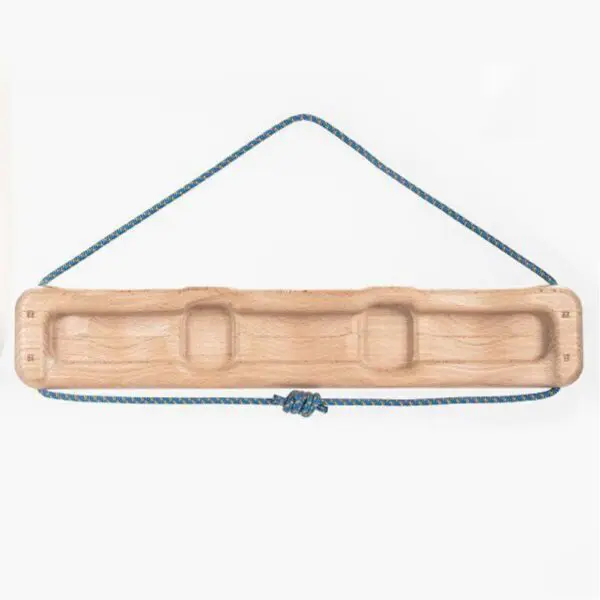


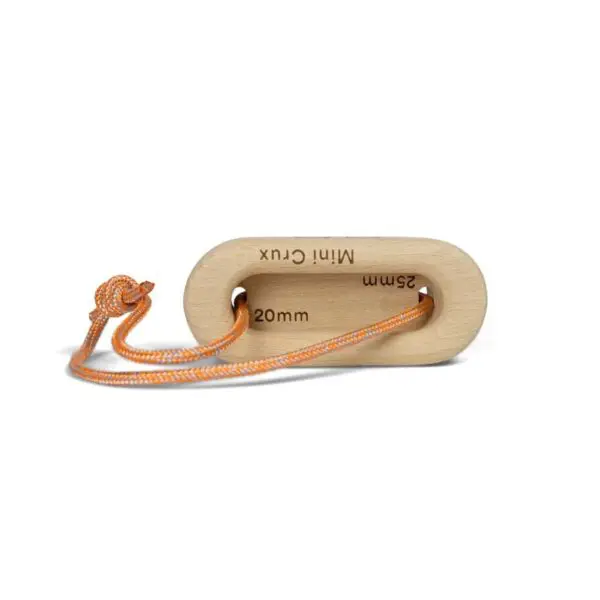
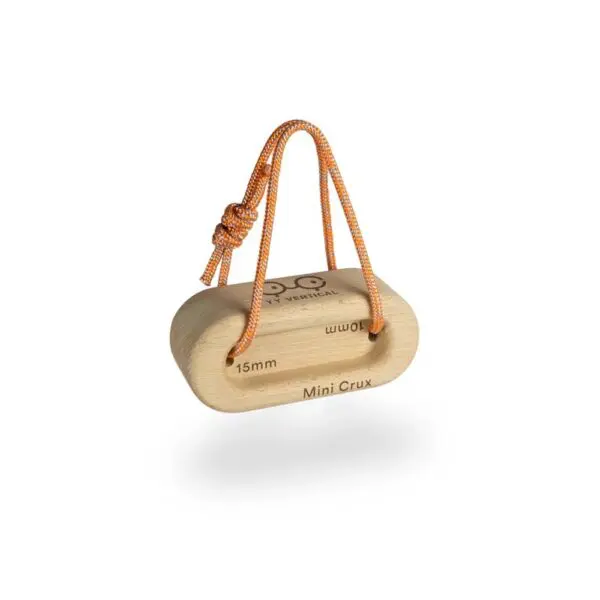


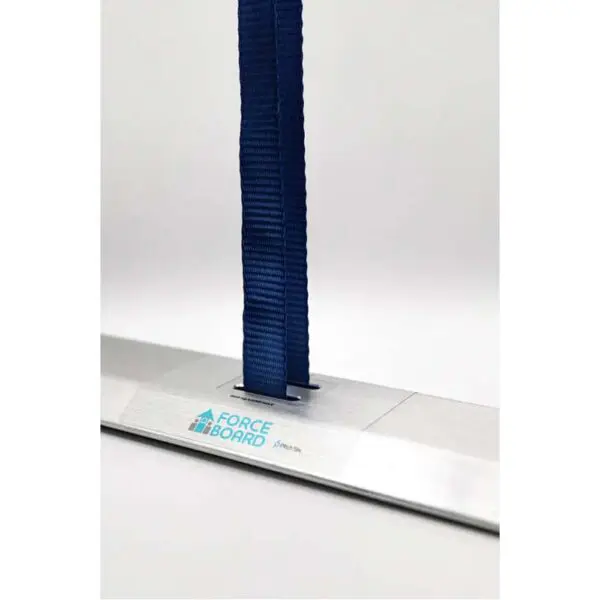
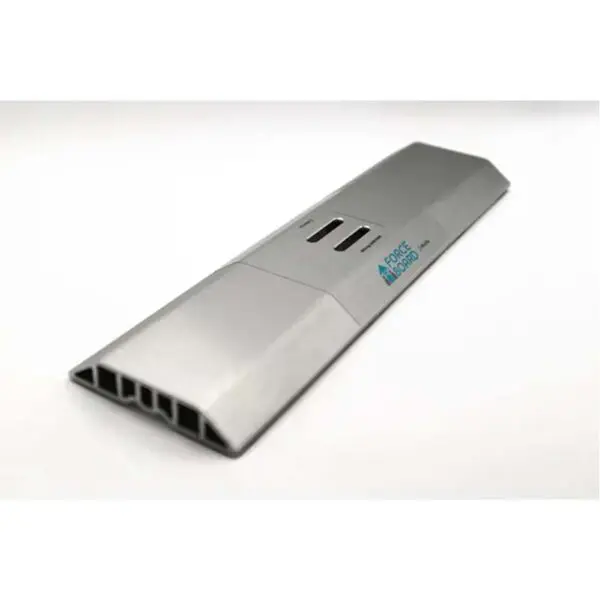
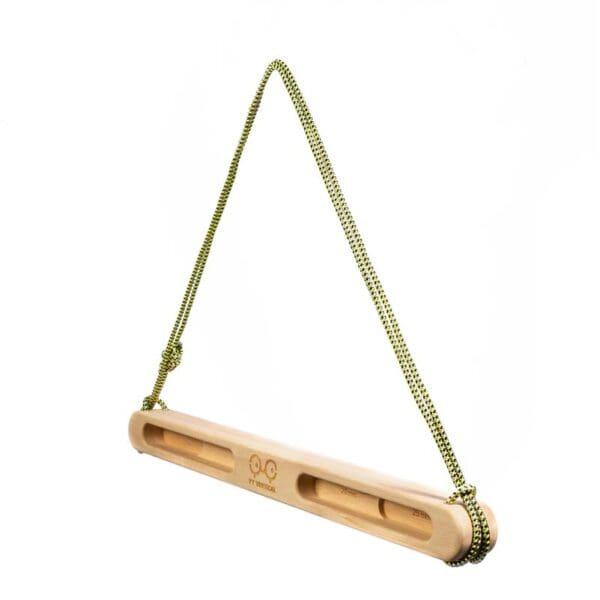

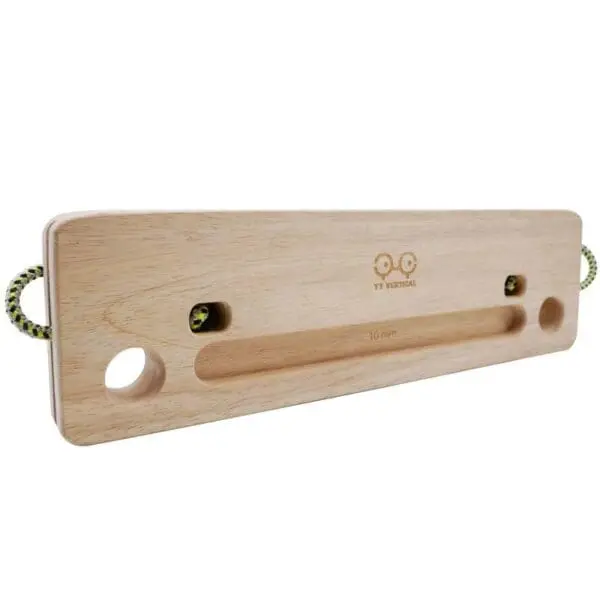

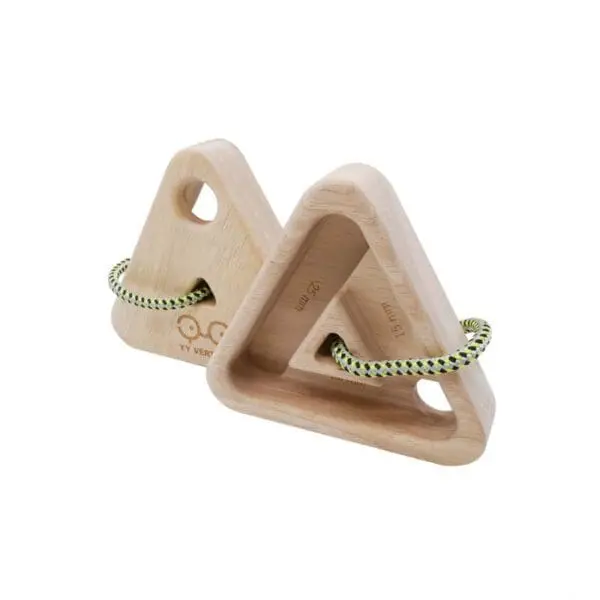

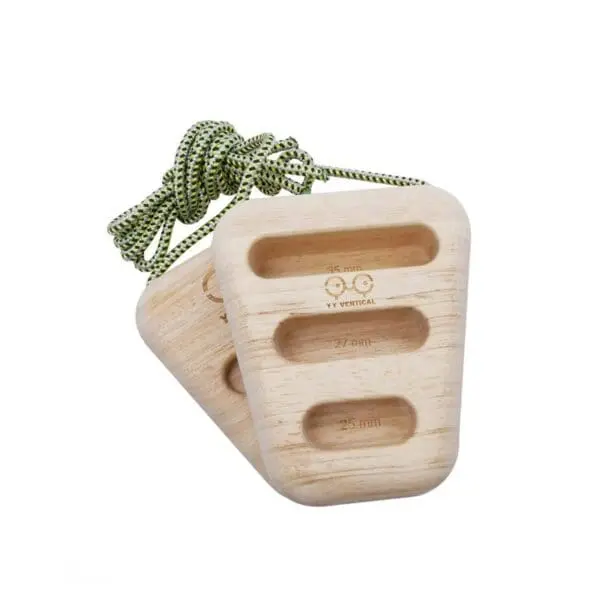

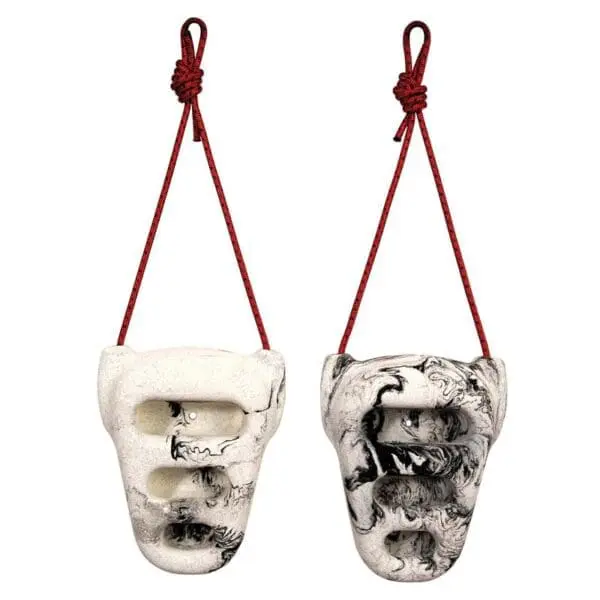
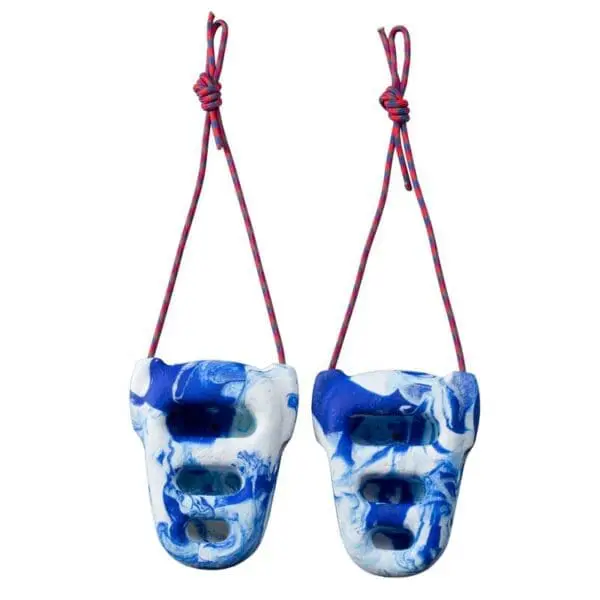
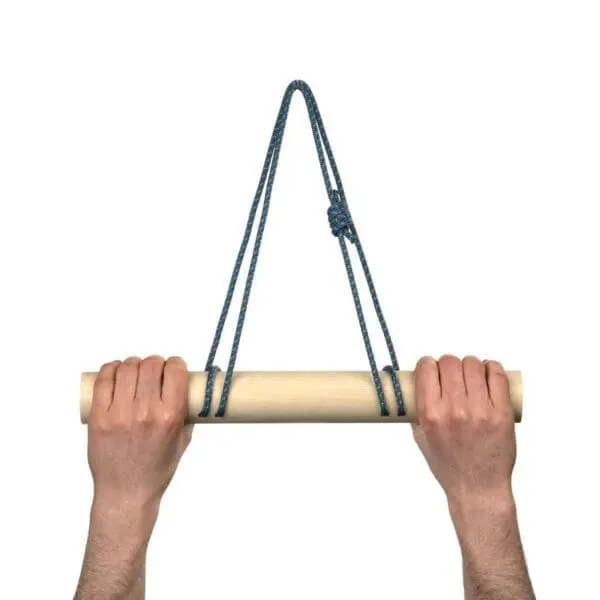

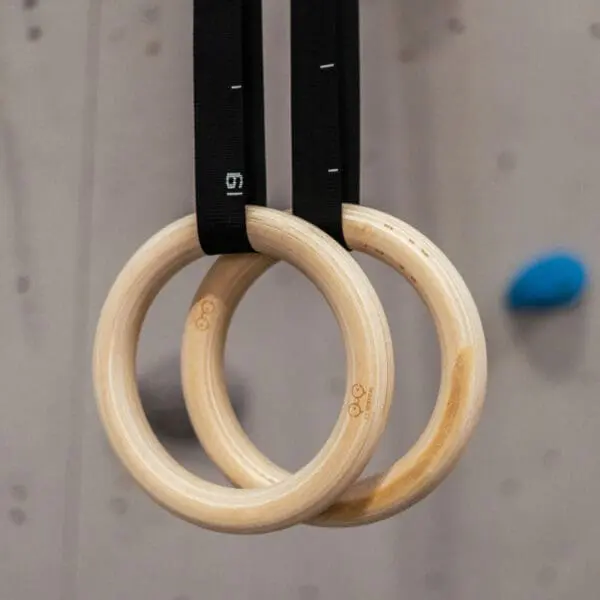
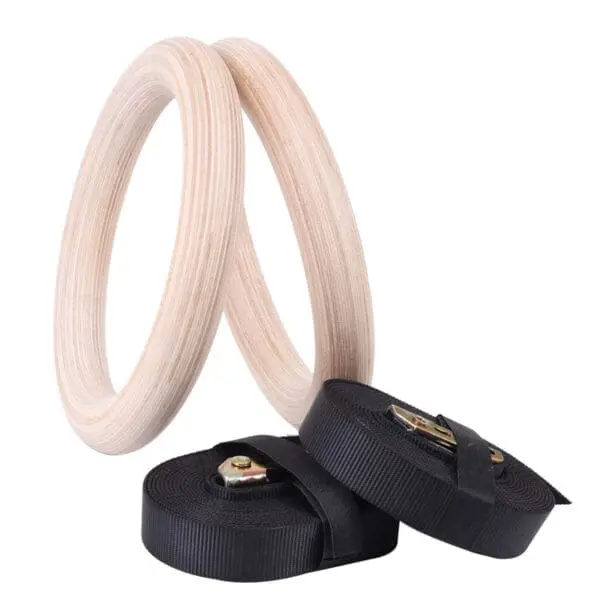

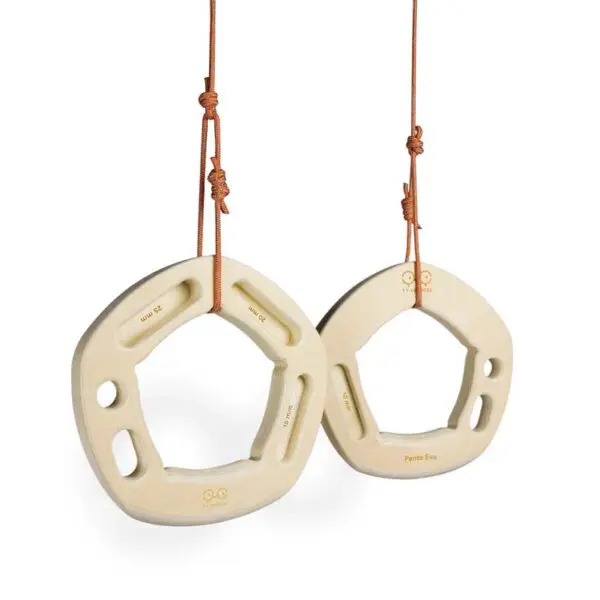
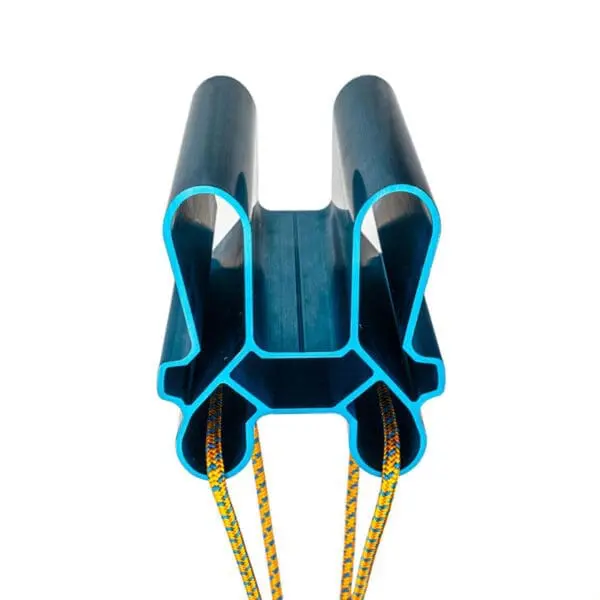

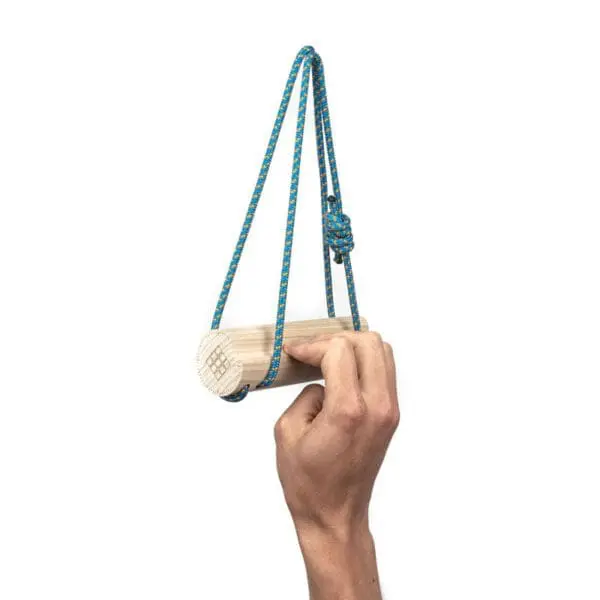







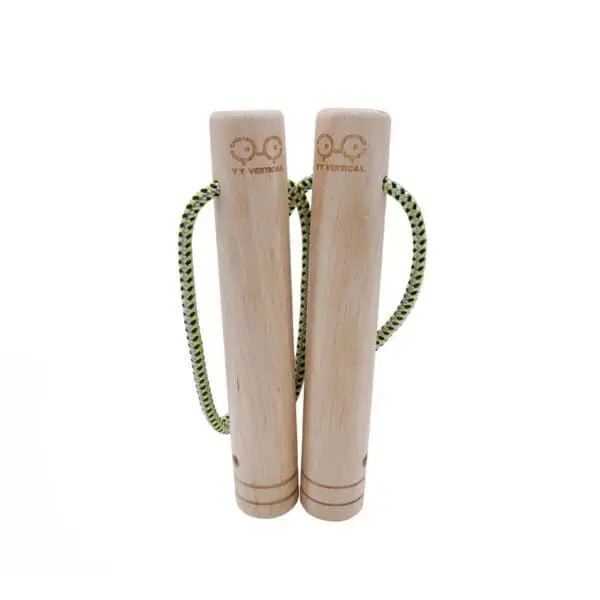

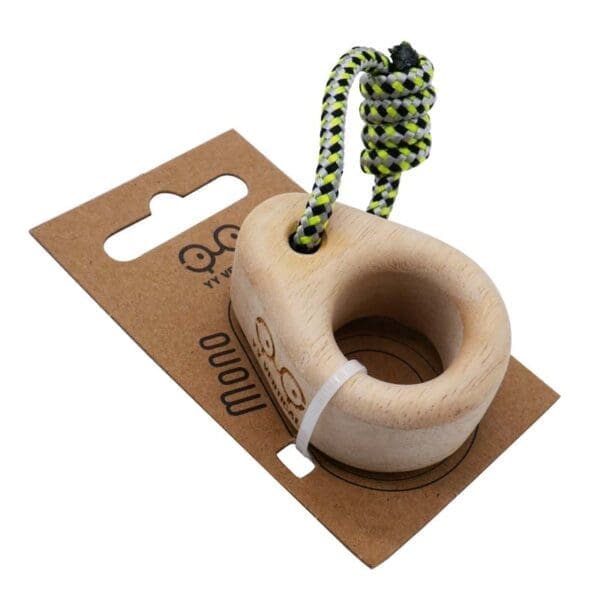


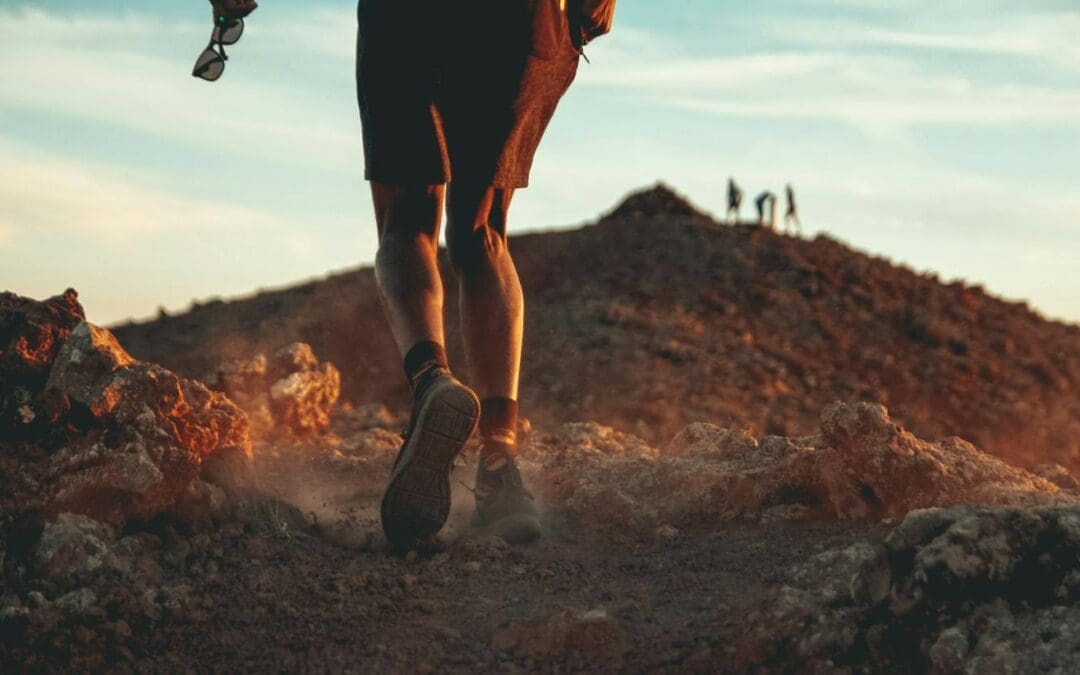
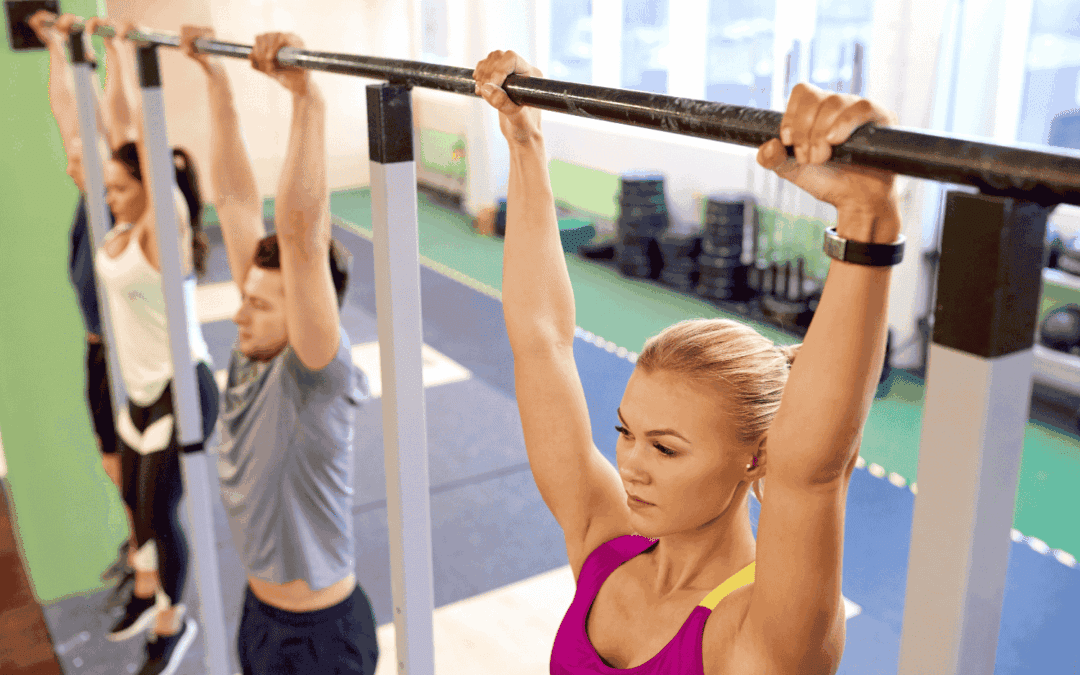
0 Comments